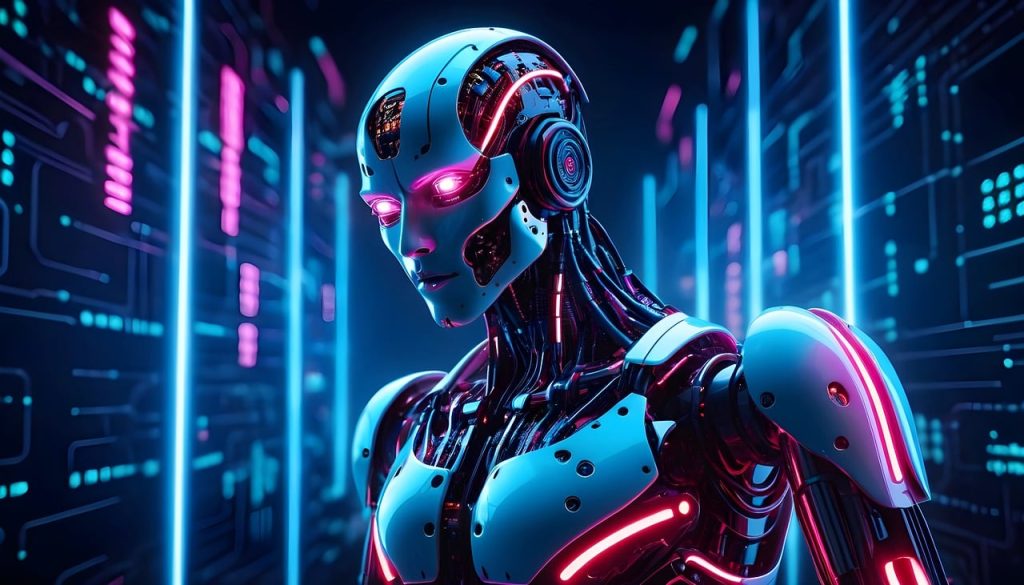“Exploring the Future of Robotics”
n the ever-changing technological landscape, few innovations hold as much promise and intrigue as robotics. From automated manufacturing to self-driving cars, robotics has transformed industries, revolutionized processes, and shifted our perception of what is possible. In this blog post, we will delve into the fascinating world of robotics, including its history, applications, and the transformative impact it continues to have on our lives.
A brief history of robotics.
The origins of robotics can be traced back to ancient civilizations, when automata and mechanical devices were designed to perform simple tasks. However, it was not until the twentieth century that robotics truly began to thrive, with the introduction of industrial robots in manufacturing environments. These early robots were large, stationary machines designed to perform repetitive tasks with precision and efficiency.
Robotics evolved alongside technological advancements. The addition of sensors, actuators, and computer control systems allowed robots to become more autonomous, versatile, and adaptable to a wide range of tasks and environments. Today, robotics encompasses a wide range of disciplines, including industrial automation, medical robotics, drones, and humanoid robots.
Applications of robotics
Robotics has numerous potential applications that are both diverse and far-reaching.
Manufacturing:
Robots play an important role in modern manufacturing, performing tasks like assembly, welding, and packaging with unparalleled speed and accuracy. Automated production lines powered by robotics have transformed industries from automotive to electronics.
Healthcare:
Robotics is transforming healthcare delivery, with applications ranging from robotic surgery and rehabilitation to telepresence robots that allow for remote consultations and care delivery. Robotic exoskeletons are also being developed to help people with mobility issues.
Exploration:
Robots are invaluable tools for exploring environments that humans find inaccessible or hazardous. From rovers traversing the surface of Mars to underwater drones exploring the depths of the ocean, robotics allows us to gain a better understanding of the world around us.
Service and Hospitality:
From robotic vacuum cleaners and lawn mowers to delivery drones and hotel concierge robots, robotics is increasingly being used to improve customer service and hospitality.
The future of robotics
As robotics technology advances at a rapid pace, the possibilities become almost limitless. Future developments in artificial intelligence, machine learning, and human-robot interaction have the potential to significantly improve robot capabilities and versatility. We can anticipate more collaborative robots (cobots) coexisting with humans in shared workspaces, as well as robots performing increasingly complex tasks with greater autonomy and intelligence.
Ethical and Social Implications
While the potential benefits of robotics are enormous, they also raise serious ethical and societal concerns. Concerns about job displacement, privacy, safety, and the ethical use of autonomous systems must be addressed as robotics technology spreads. Transparency, accountability, and responsible innovation must be prioritized when developing and deploying robots.
Conclusion :
Finally, robotics is transforming industries, economies, and societies all over the world. By embracing robotics’ potential and leveraging its capabilities responsibly and ethically, we can open up new opportunities, solve complex challenges, and create a future in which humans and robots coexist peacefully, enriching each other’s lives in ways
For more information, visit at Absolute Global Outsourcing Private Limited.





